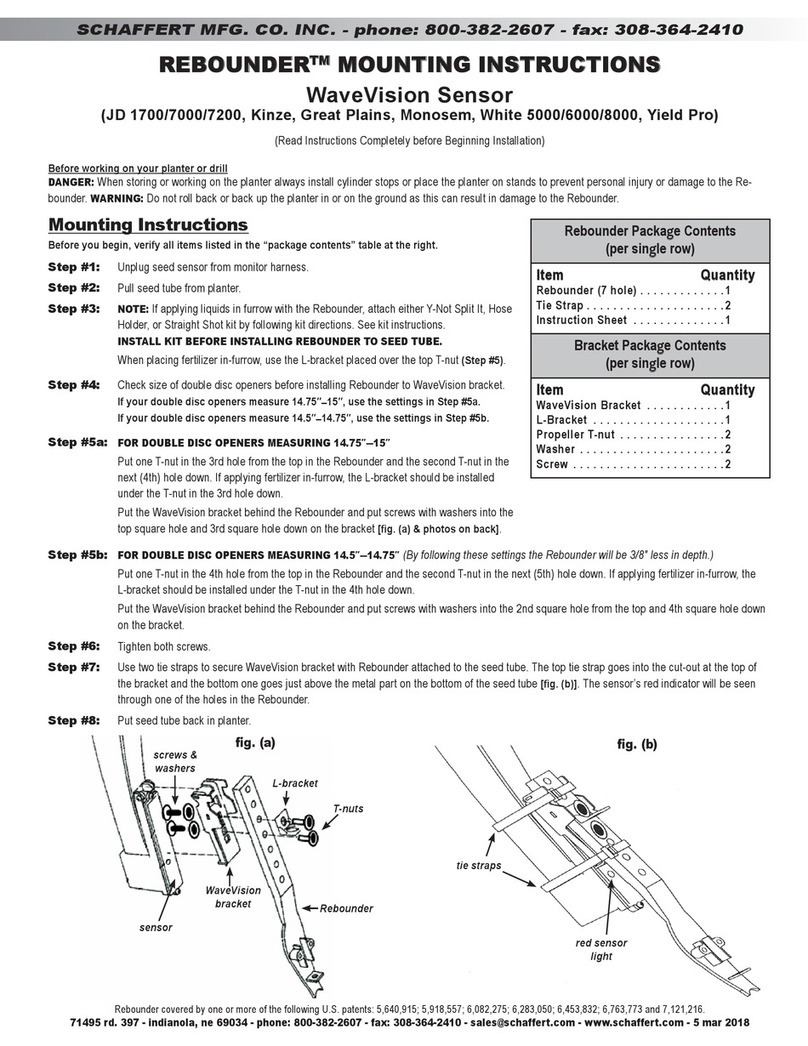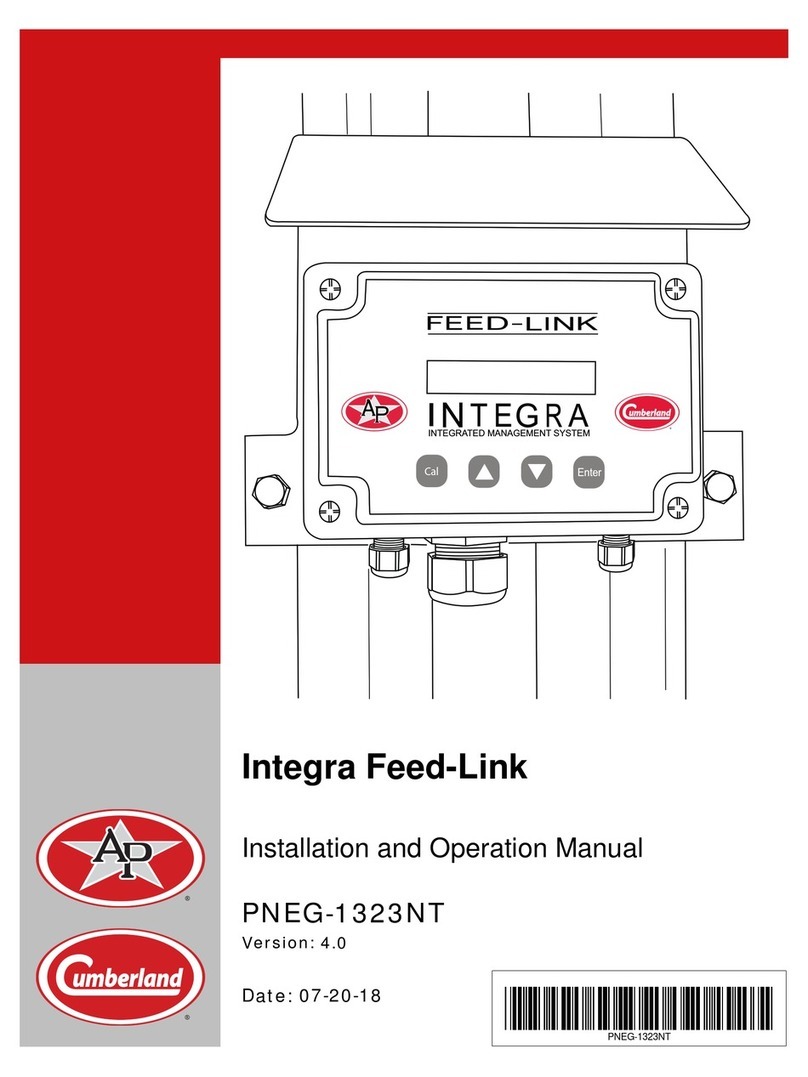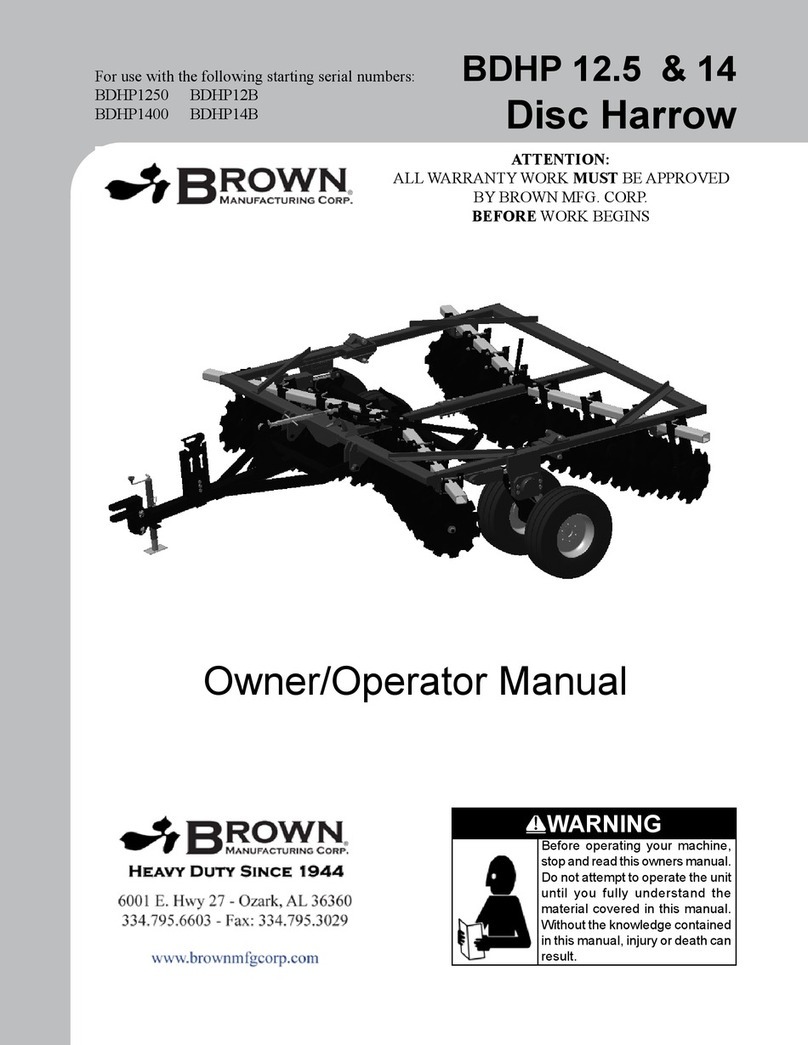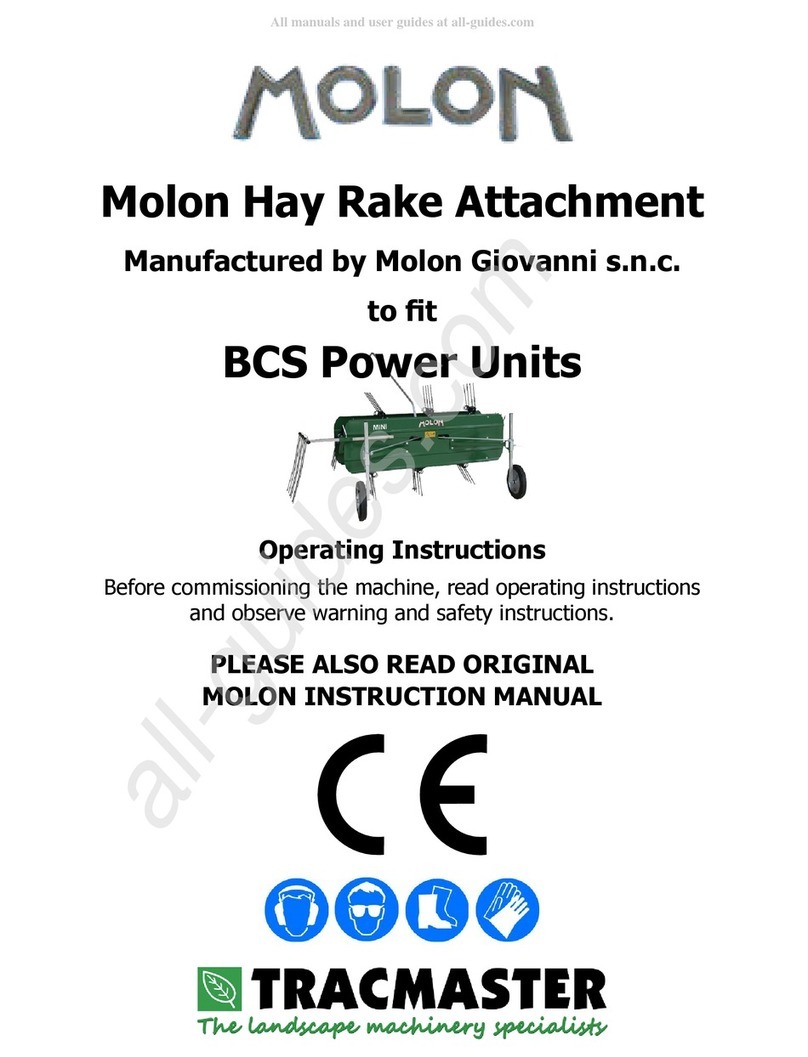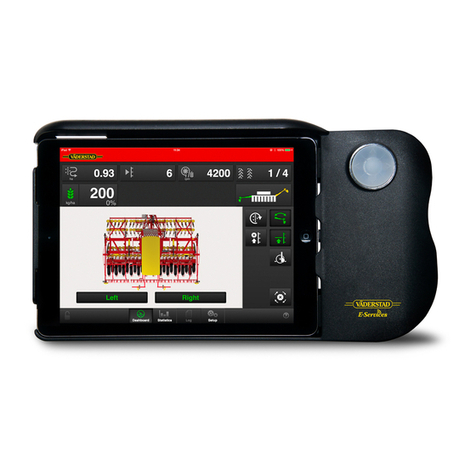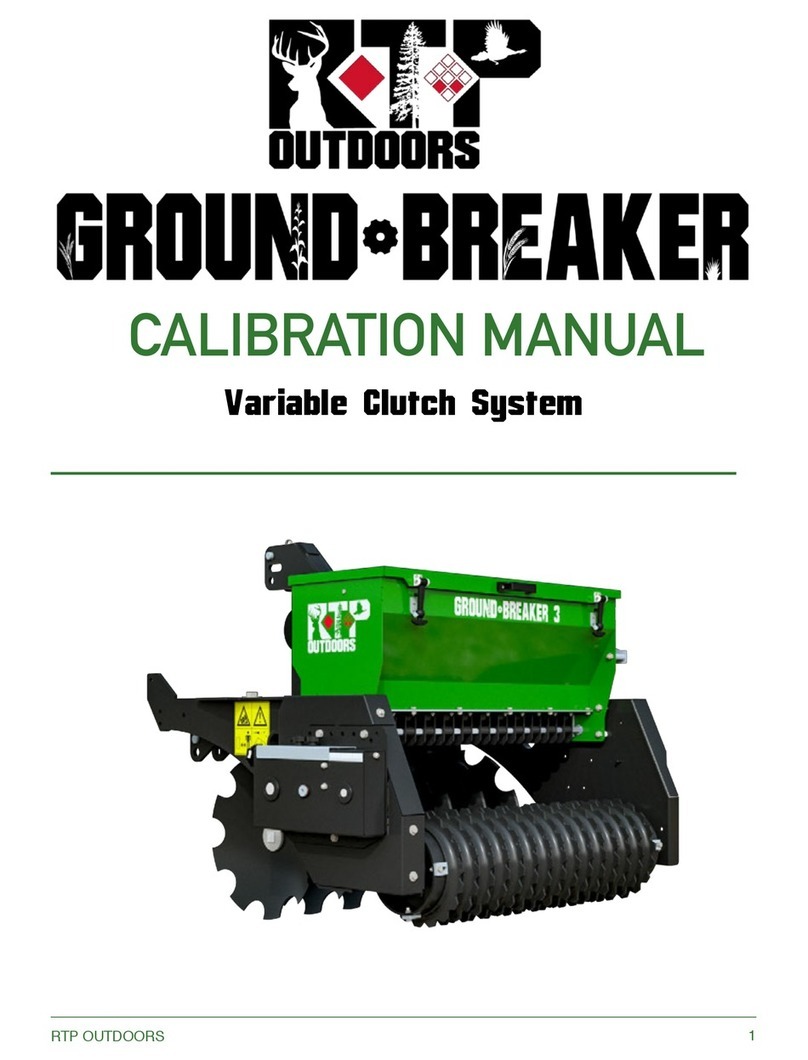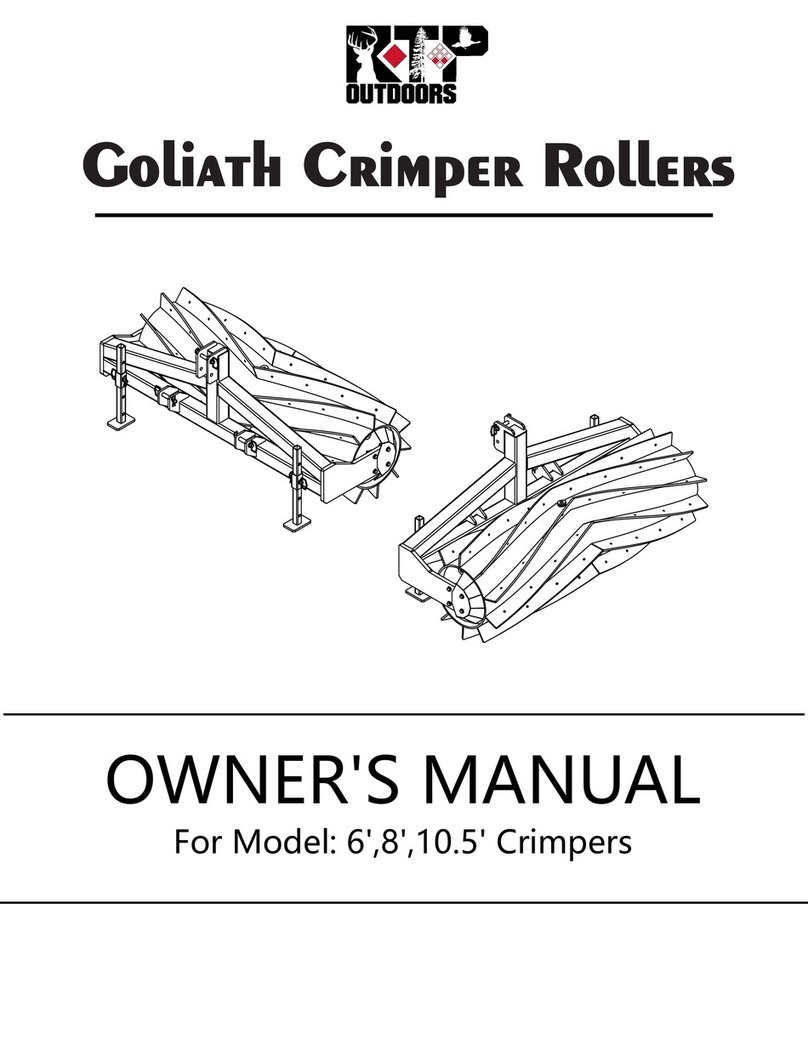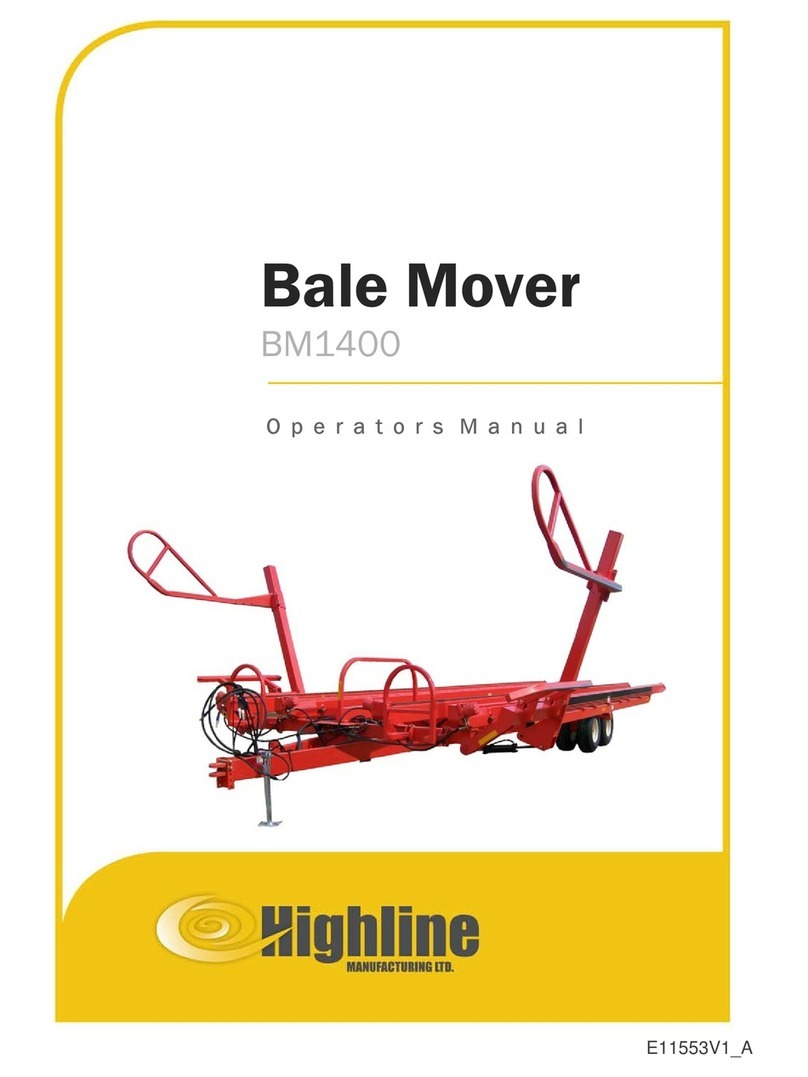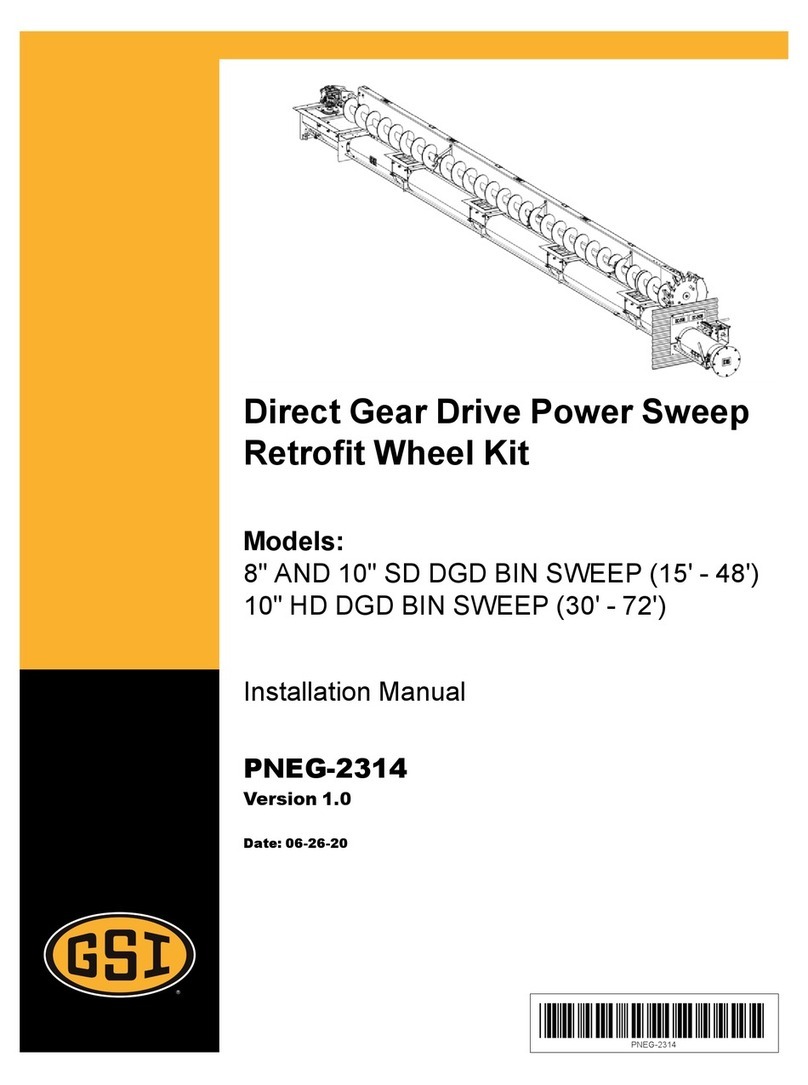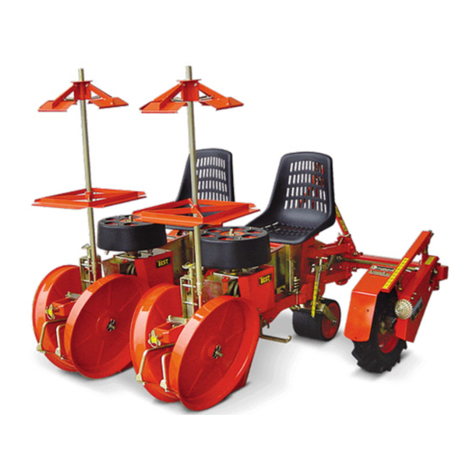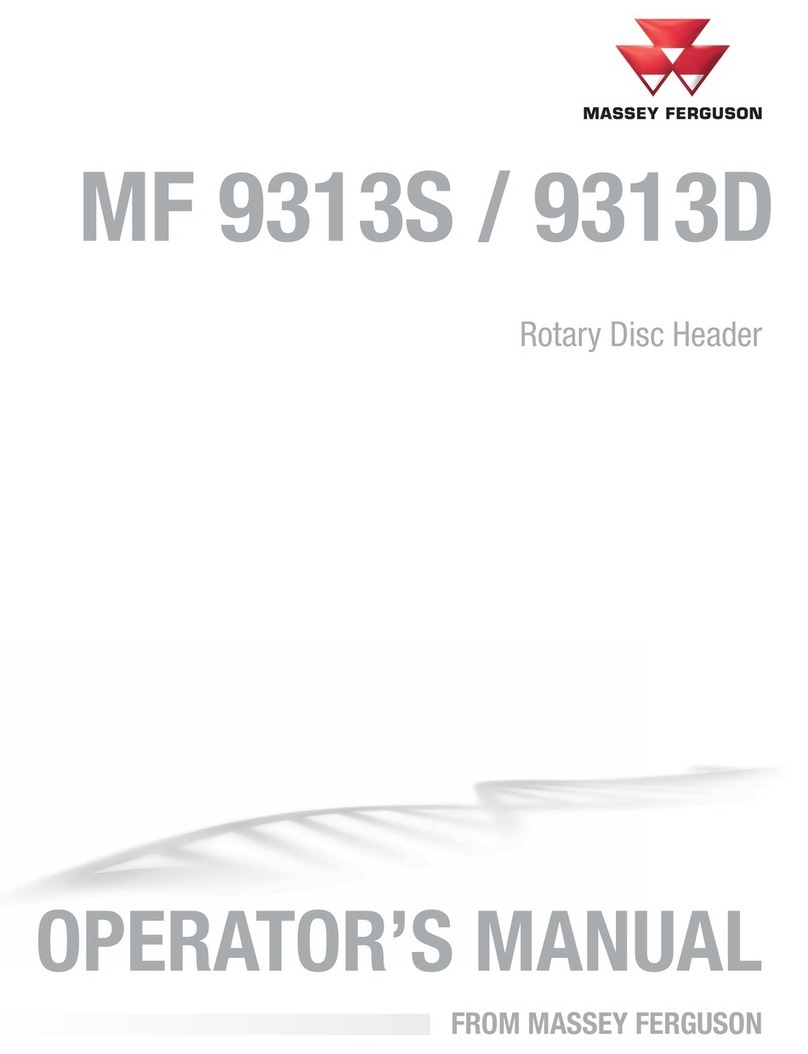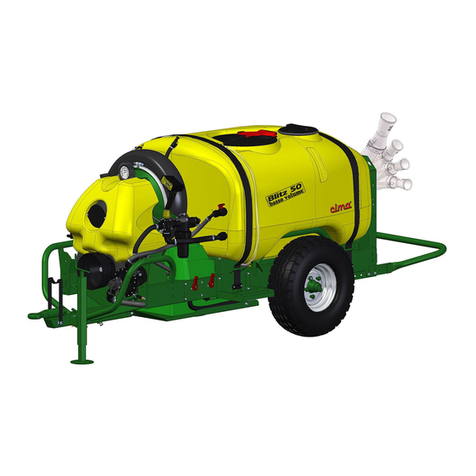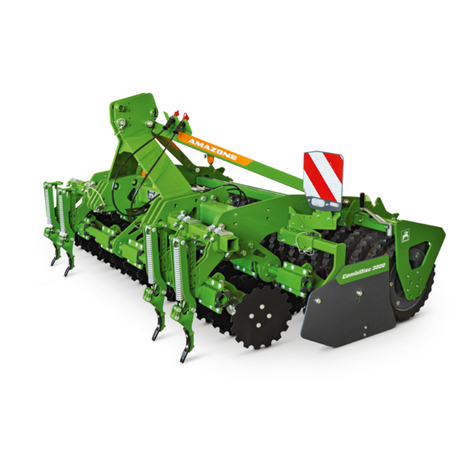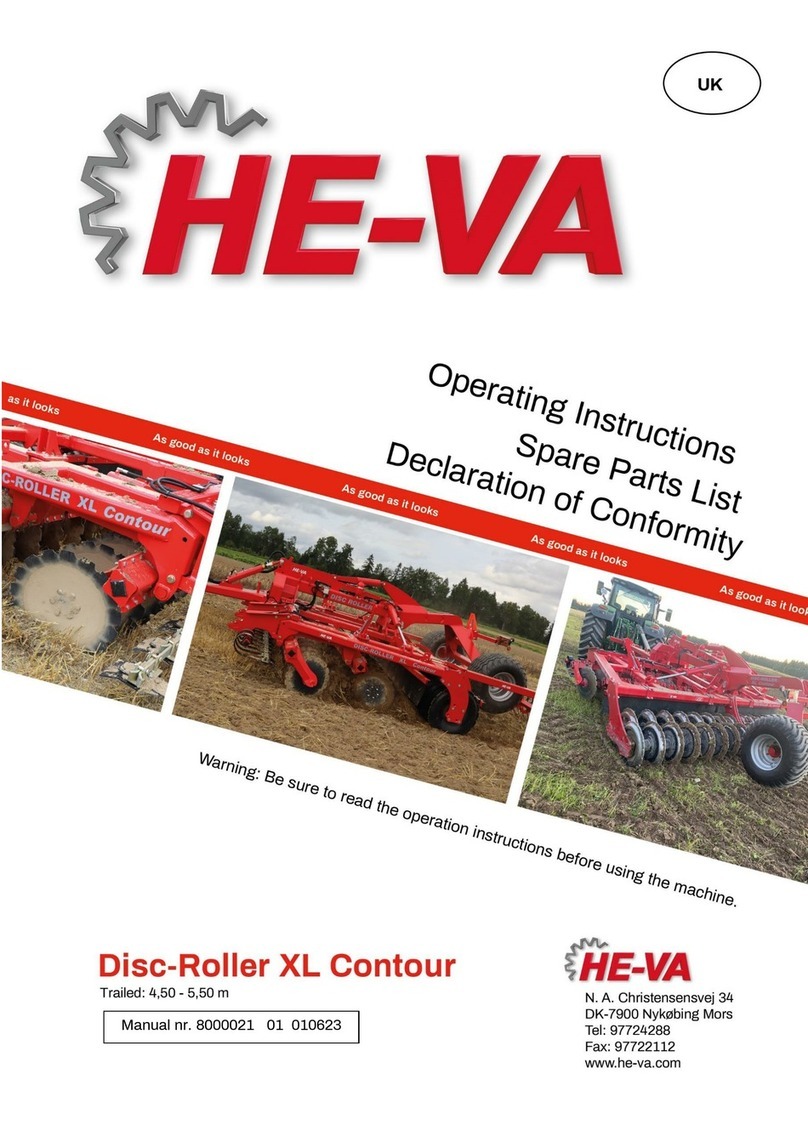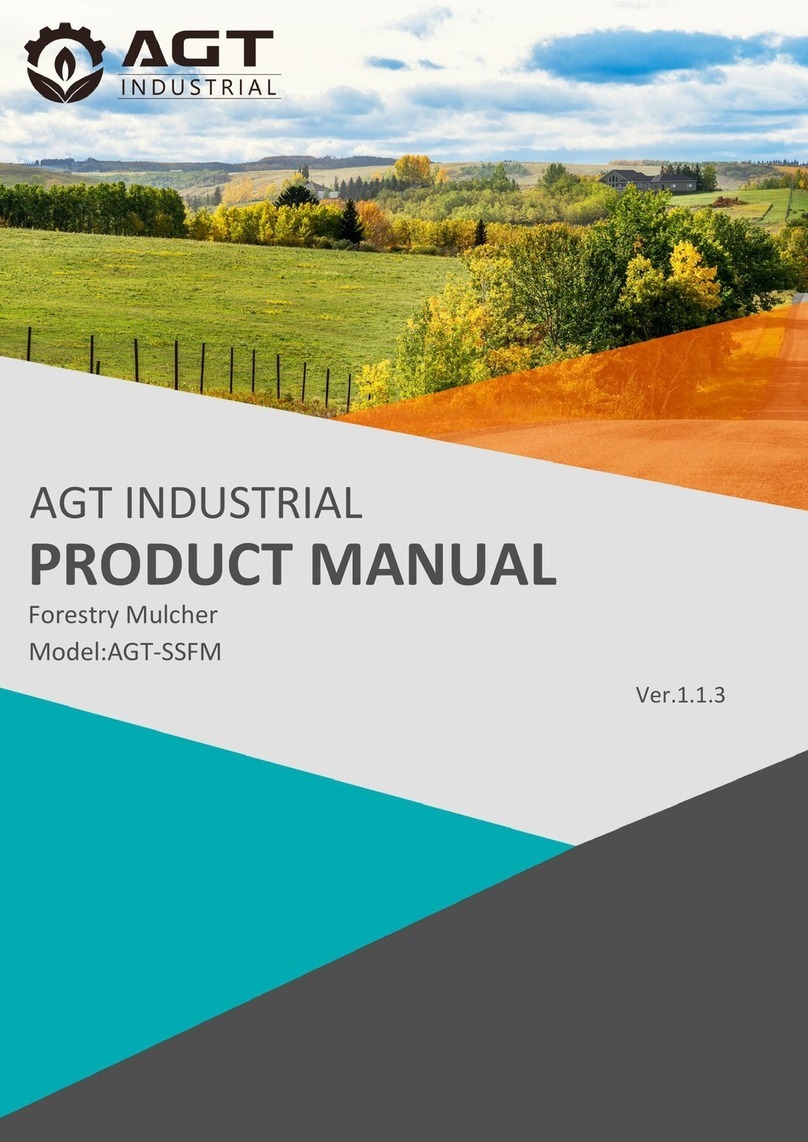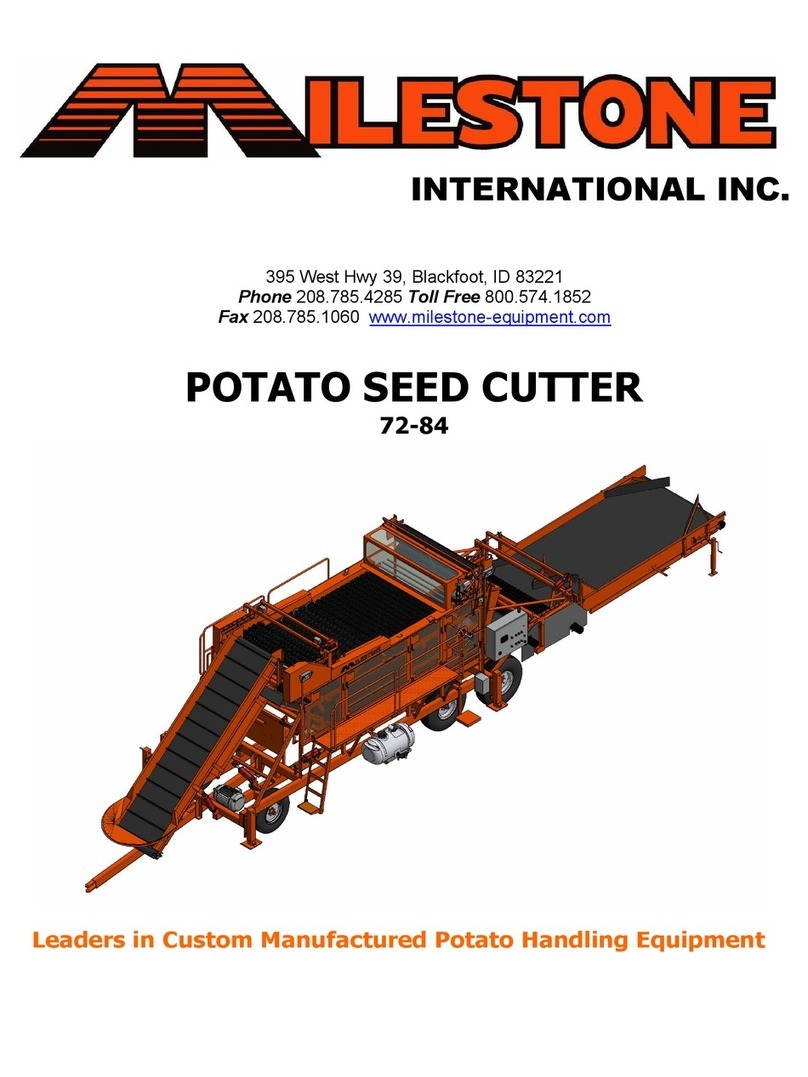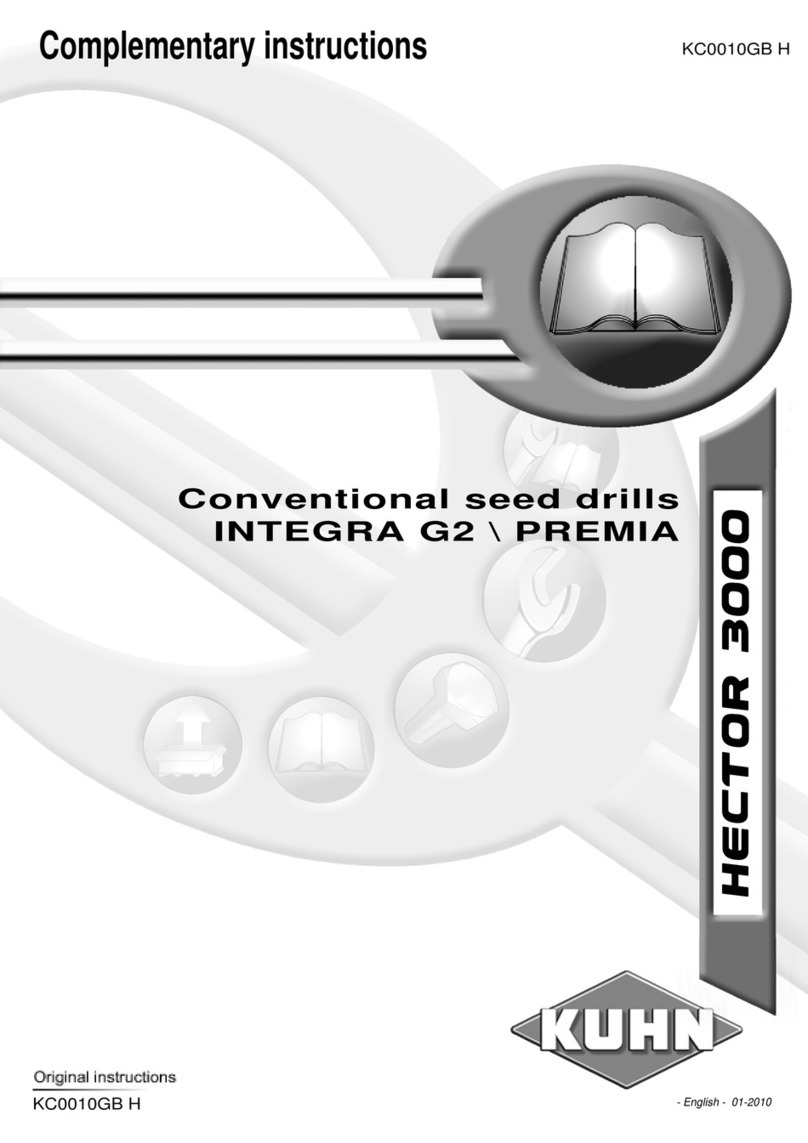
! SAFETY INSTRUCTIONS !
Figure 1
The design of the Genesis allows for safe use. Safe use
is only possible when the user fully understands the
safety instructions given in this manual.
Read and understand (Figure 1) the manual before
working with the Genesis.
Not using the machine as described in the manual may
lead to injury and/or damage to the Genesis.
(1) The Genesis is solely intended for planting food plot areas.
Any other use is considered to be incorrect use. The manufacturer does not accept any
liability with regard to damage resulting from incorrect use; all resulting risks are the
responsibility of the user. Correct use also includes following the manufacturer’s
instructions for use, maintenance and repair.
Before using the Genesis, inspect the area to be treated. Remove any loose obstacles
from the field.
(2) The Genesis was constructed according to the latest technological knowledge and is
safe to use.
Improper use, maintenance or repair of the machine may result in injury to both the user
and others. This should be avoided!
Always use the Genesis in combination with the appropriate tractor as described in the
technical data.
(3) All persons whom the owner assigns to operate, maintain or repair the Genesis must
read and completely understand the operating manual and in particular the Safety
Instructions section.
The user is responsible for a safe tractor/Genesis combination. This unit must be
tested in terms of noise, safety and ease-of-use. In addition, user’s instructions must be
prepared.
(4) Every time before using the Genesis, the user is obliged to inspect it for visible
damage and defects.
Any changes of the Genesis (including its functioning) that may affect its safety must be
corrected immediately.
For safety reasons it is forbidden to make changes in or additions to the Genesis (with
the exception of changes or additions approved by the manufacturer).
If any modifications have been made to the Genesis, the present CE certificate
becomes null and void and the person who made the modifications should himself is
responsible for a new CE certificate.
